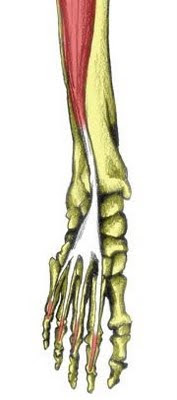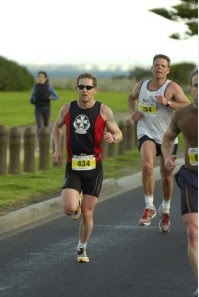Happy New Toe Nails

Since the marathon I just haven't hit that real training mark. Despite my best intentions, training has only ever felt okay . Never great . Which is disappointing, because I had gotten used to feeling great with running every day. Moving away from the stupid season that is the lead up to Christmas, it is now appropriate to look at how I can get back to where I want to be. The plan outlined in Progression still makes sense to me. The fundamentals are fine, and really are not the problem. However, there are a couple of slight changes I now plan on making. These changes are not really about the technicalities of exercise science, rather more about my head space. Where to begin? It seems best to identify where the problems are coming from. No point fixing the symptoms if the cause isn't dealt with. Taking a good hard look at life and training I now believe the following to be the key to my lack lustre training: Stress : selling the house, and now having only a few weeks with no new...











